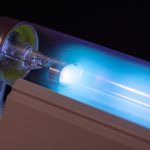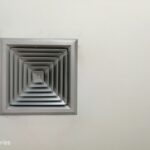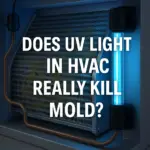The idea of killing germs and mold with UV light inside your HVAC system sounds like something out of science fiction—but it’s real, and it’s available for homeowners. UV-C lights are marketed as powerful tools to improve indoor air quality, eliminate odors, and keep your HVAC system clean.
🎯 Read the full guide here:
Pros and Cons of UV Light in HVAC – Are the Benefits Worth the Cost?
But here’s the truth: UV light isn’t a magic cure-all, and it’s not right for every home.
If you’ve seen UV systems advertised and are wondering if they’re worth it, this article will help you decide. We’ll break down what these systems really do, when they’re most helpful, and when your money might be better spent elsewhere.
“A UV light in your HVAC system may be necessary if your home experiences mold growth, musty odors, or indoor air quality issues. These systems use UV-C light to kill mold, bacteria, and viruses that can grow inside your air handler and be circulated through your ductwork. They don’t replace filters but can reduce microbial contaminants and improve HVAC efficiency when installed correctly.”
If you’re comparing different types of systems, see how UV lights differ from UV air purifiers before you decide which fits your home.
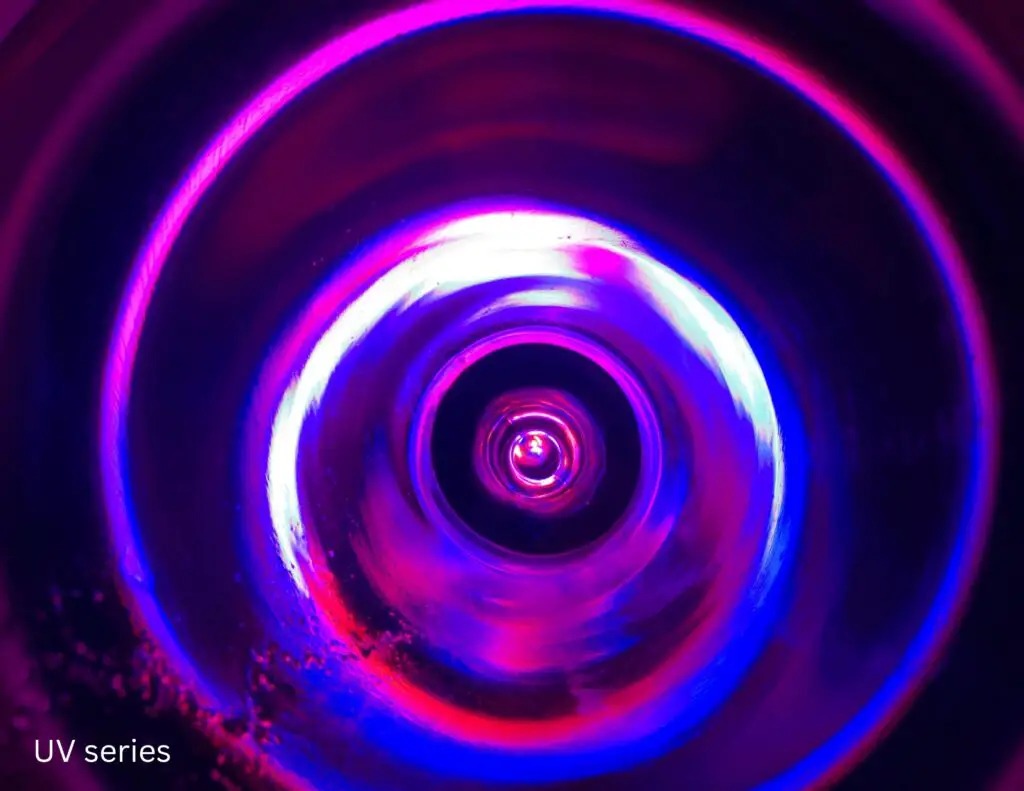 Why Your HVAC System May Need a UV Light
Why Your HVAC System May Need a UV Light
Some homes have mold problems you can see—and others have mold you don’t notice until you smell it in the air or feel it in your lungs. The HVAC system, as it turns out, can be a perfect place for that mold to grow.
Here’s why:
- Moisture is always present. During cooling cycles, warm air hits the cold evaporator coil, causing condensation. That moisture collects and drips into a drain pan—but even small blockages can cause standing water.
- It’s dark and enclosed. Mold doesn’t need sunlight—it thrives in the dark, and the inside of your air handler and ductwork is basically a year-round mold resort.
- There’s organic material to feed on. Dust, skin cells, pollen, and pet dander all get sucked into the system and settle onto coils and drain pans, feeding microbial growth.
When all three conditions are met, mold and bacteria start multiplying—and the HVAC system begins circulating spores throughout your home. One homeowner described it as “a dirty sock smell that just wouldn’t go away no matter how much we cleaned.” It turned out the problem wasn’t the house—it was the air system.
Then It Becomes a Delivery System
The trouble isn’t just mold growth—it’s the **spread**. Air moving over a contaminated coil picks up spores, and that air goes to every room with a vent. People often don’t realize it, but if the mold is in the HVAC, it’s *everywhere.*
UV lights are typically installed near the coil and drain pan to stop this cycle at the source. If installed properly, they help prevent the growth of mold and bacteria right where it starts.
For a deeper look at how UV light actually destroys mold and bacteria inside HVAC systems, see our mold control guide here.
Think of UV as a disinfectant—not a vacuum or filter.
 Signs You Might Benefit from a UV Light in Your HVAC
Signs You Might Benefit from a UV Light in Your HVAC
Sometimes it’s obvious that your home’s air could be cleaner. Other times, it’s subtle—just a faint odor or a cough that won’t go away. Here are some real-world situations where homeowners found UV lights made a noticeable difference:
- You smell mustiness when the HVAC kicks on.
If you’ve ever walked into your home and caught that “wet basement” smell—especially after the air conditioner starts—you might be smelling mold inside your system. One homeowner in Tennessee described it as “a musty whiff every time the air came on, like old gym clothes.” After installing a UV light above their coil, the smell was gone within a few days.
- Your home has a history of mold, moisture, or water damage.
Homes with basements, crawl spaces, or poor ventilation are often high-risk for mold. One couple in Florida had no idea mold had started growing on their HVAC coils until a technician opened it up and found a layer of black growth. A UV lamp helped stop further mold from forming and made their air feel noticeably fresher.
- Someone in your home has asthma or immune issues.
UV systems are often recommended for households with high-risk individuals. By neutralizing airborne microbes like bacteria and mold spores, UV light may help reduce triggers for allergies, asthma, or respiratory infections.
- You’re battling fine airborne particles or odors.
While UV doesn’t trap particles, advanced systems like the REME HALO use ionization to clump small particles together, making them easier for your filter to catch. This can help reduce odors, smoke, and invisible airborne dust.
- You want better long-term performance from your HVAC system.
Even if your air seems fine, microbial buildup on coils can silently drag down efficiency. One HVAC tech mentioned a client whose energy bill dropped after UV was installed—not because the light was magic, but because the coil was finally staying clean.
Before buying, go through this 8-question checklist to make sure the system you’re looking at matches your goals and home setup.
When a UV Light Might Not Be Necessary
On the flip side, there are situations where a UV light may not give you the results you’re hoping for. Here are a few examples where it may not be worth the investment:
- Your main problem is dust or pet hair—UV won’t fix that.
These are physical particles, and UV doesn’t remove them. You’ll get better results by upgrading your air filter to a high-efficiency MERV or HEPA option.
- You don’t have a central HVAC system.
If you use baseboard heaters, window AC units, or mini-splits, UV systems designed for ductwork won’t apply. Portable purifiers may be the better solution.
- Your HVAC is dry and has no mold history.
If a technician has checked and your coil is clean, with no sign of moisture buildup or mold, UV might be an unnecessary expense.
- You’re highly sensitive to ozone.
Some older or cheaper UV systems may emit trace amounts of ozone. If you have respiratory issues, be sure to choose ozone-free models—or skip UV altogether.
- You’re looking for a no-maintenance solution.
UV lights require annual bulb changes and occasional cleanings. If you want a “set it and forget it” fix, a passive filter system might better fit your lifestyle.
Safety: Do You Really Want UV Light in Your HVAC?
Before you decide you “need” a UV light, it’s worth checking how it will behave in a real home—not just in a brochure. Most modern systems are designed to be safe when installed correctly, but there are a few details homeowners should understand up front.
- UV stays inside the cabinet. In a proper install, the UV-C lamp is mounted inside the air handler or ductwork, with light aimed at coils, pans, or the airstream—not into the room. You should never see bare UV light shining out of a vent.
- The biggest risk is direct exposure during service. Looking directly at a live UV-C bulb can irritate eyes and skin. That’s why panels should only be opened with power shut off and, ideally, by a tech wearing basic eye protection.
- Some systems can create trace ozone. Many newer units are designed as “ozone-free” or “low ozone,” but it’s still smart to ask—especially if anyone in your home has asthma, COPD, or chemical sensitivities.
- UV and materials don’t always mix. Long-term UV exposure can fade some plastics or wire jackets if the lamp shines on them directly. A good installer will aim the bulb at coils and pans, not flex duct or wiring.
- Simple habits keep things safe. Make sure the breaker is off before anyone opens the air handler, don’t stare at the bulb, and follow the manufacturer’s instructions for cleaning and bulb changes.
If your installer can clearly explain how the lamp is shielded, how to shut it off, and what “ozone-free” really means, you’ll know the safety side is being taken seriously—not just the sales pitch.

Cost: When Is a UV Light Actually Worth the Money?
Needing a UV light and feeling good about the price are two different questions. A well-chosen system can be a smart long-term fix—but only if the upfront and ongoing costs match what you’re trying to solve.
- Upfront equipment: Basic coil UV kits usually run in the $150–$400 range. Whole-home UV purifiers and advanced PCO units often land between $500–$1,200, depending on brand and features.
- Installation: Professional install typically adds $100–$350, more if new electrical work, switches, or access panels are needed.
- Bulb or cell replacement: UV-C bulbs lose strength over time and often need replacement every 9–12 months. Replacement bulbs or cells usually cost $30–$100+, depending on the system.
- Electricity use: Most UV lamps draw only 15–30 watts, so the yearly power cost is small—often comparable to running a small light bulb.
- Compare to your “do nothing” cost: If you’re dealing with repeated coil cleanings, mold remediation, or constant complaints about musty air, the long-term cost of not fixing the problem can easily exceed the price of a UV system.
A simple rule of thumb: if you’ve never had mold issues, odors, or respiratory complaints tied to your HVAC, a UV light is more of a “nice-to-have.” If you’re already fighting those problems, it can move into the “saves us money and headaches over time” category.

How UV Compares to Other Air Quality Solutions
UV lights are just one piece of the puzzle when it comes to cleaner indoor air. Here’s how they compare to other popular solutions homeowners use to tackle air quality issues:
| Solution | What It Targets | Coverage | Best For |
|---|---|---|---|
| UV Light | Germs, mold, viruses | Whole-house | Microbial control in ductwork |
| MERV/HEPA Filter | Dust, pollen, dander | Whole-house | Allergen and particle removal |
| Air Purifier | Particles, some odors | Single room | Bedrooms, offices |
| Dehumidifier | Moisture | Room or whole-home | Mold prevention, comfort |
| Ionizer | Particles, some odors | Room or whole-home | Boosts filter performance |
Each option has pros and cons—including UV. See the full breakdown of costs, lifespan, and benefits here.
 Final Thoughts: Should You Get a UV Light in Your HVAC System?
Final Thoughts: Should You Get a UV Light in Your HVAC System?
By now, you’ve got a full picture—not just of what UV systems do, but who they really help. If you’ve noticed moldy smells, have family members with allergies, or just want to protect your system from microbial buildup, a UV light could be a smart next step.
That said, UV lights aren’t a silver bullet. They don’t filter dust. They don’t eliminate odors on their own. And they work best when combined with a good filter and proper maintenance.
One HVAC installer summed it up perfectly: “It’s not going to clean your whole house—but it’ll clean the part of the air system where most of the trouble starts.”
Bottom line: A UV system can be a valuable investment—but only when paired with good airflow, proper filtration, and a real need for microbial control.
Next step: Read the 8 smart questions to ask before buying a UV light for your HVAC
Quick Takeaway: Do You Need a UV Light in Your HVAC?
- Best for: Killing mold, bacteria, and viruses inside your HVAC system
- Won’t do: Remove dust, pet hair, or odors on its own
- Works well when: You’ve had mold problems or respiratory concerns
- Skip it if: You don’t have central air or mold issues
- Pro tip: Combine UV lights with high-quality filters for best results

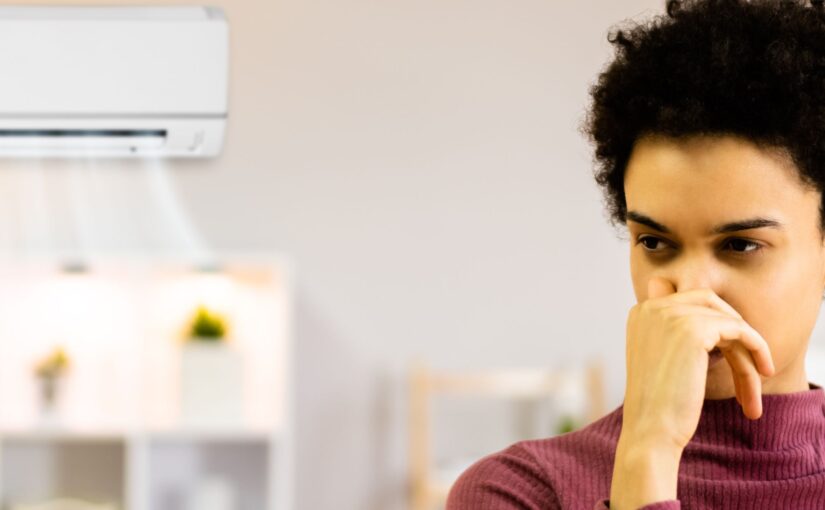
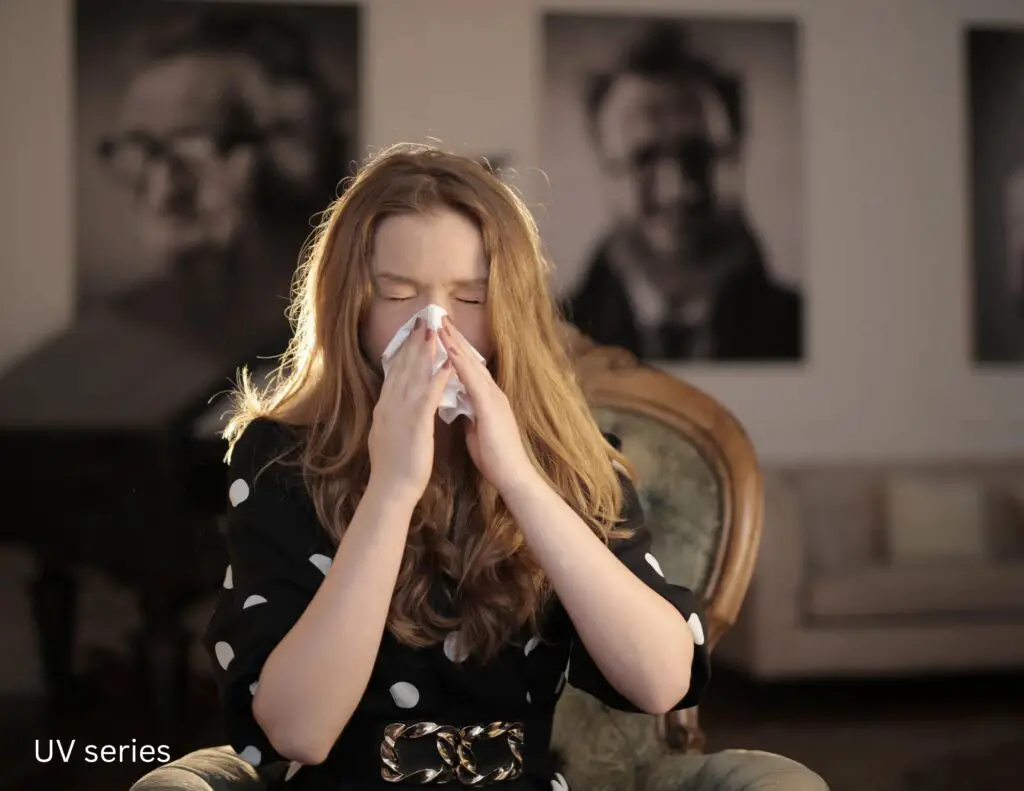 Signs You Might Benefit from a UV Light in Your HVAC
Signs You Might Benefit from a UV Light in Your HVAC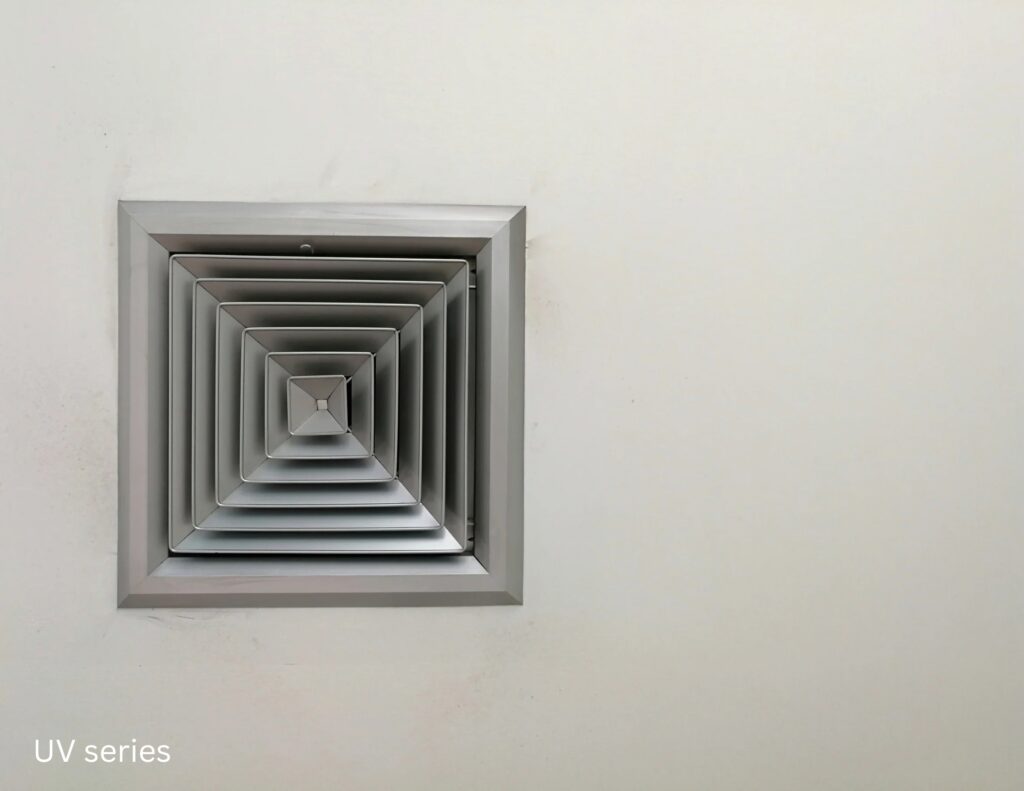 Final Thoughts: Should You Get a UV Light in Your HVAC System?
Final Thoughts: Should You Get a UV Light in Your HVAC System?